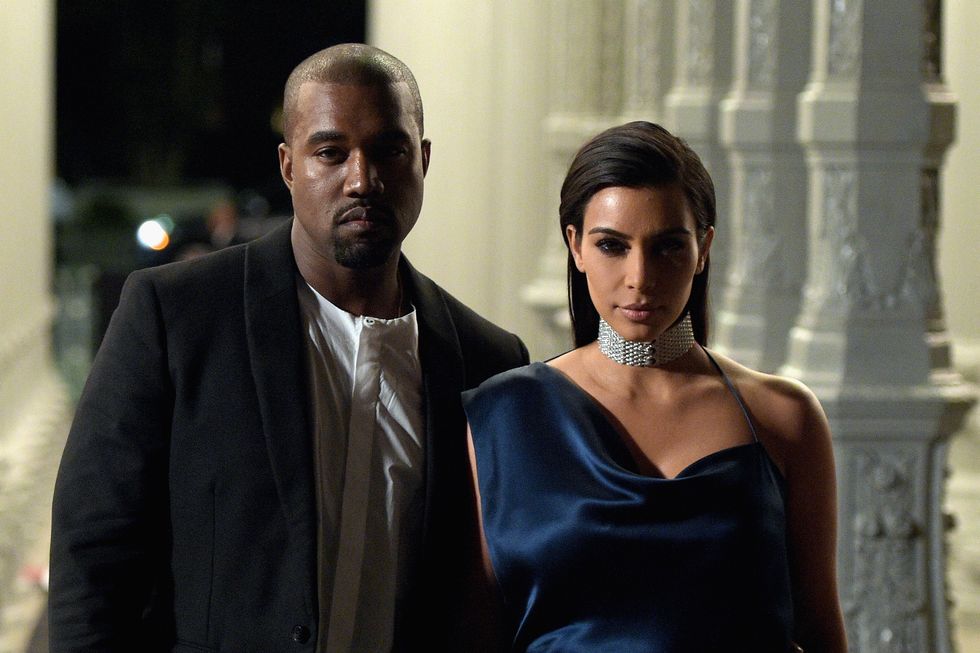With the international trend of moving away from Eurocentrism and embracing greater cultural diversity, the luxury fashion brands are increasingly weaving in unique cultural narratives into their collections
As the world keeps evolving to different ideas and ways of living, if there is one thing that stands as the timeless force binding it all together, it is the culture of any society. It’s in the essence of societies, the core of human choices, and the heartbeat of our relationships, that cultural integration has become crucial for businesses in different sectors.

Amidst this fluidity, culture has not just found a place in what many people would call a materialistic-heavy world but has seamlessly woven itself into the fabric of luxury fashion, where its influence now stands as a defining pillar. Today, we are finding ourselves in an era where culture is not merely celebrated; it’s exalted through multifaceted artistic expressions and the exquisite craftsmanship of artisans. This transformation challenges the traditional norms of luxury, urging us to reconsider our values and redefine what it means to truly indulge our people.
When one talks of ‘cultural luxury’, each story leads to drawing inspiration from the rich tapestry of ancient Indian traditions. Contemporary luxury brands today are not merely capitalising on aesthetics; they are embracing the profound ethos of these crafts. This is evident in the way artisans from bygone eras meticulously craft every design. Whether that is Rakhi for Rakshabandhan or weaving intricate Leyhriya prints to mark the changing seasons. Each piece bares the soul of the craftsperson, carrying within it a unique narrative of cultural influences. This renaissance in fashion is indicative of a cyclical movement, one that champions the revival and preservation of local crafts. It yields a dual advantage – one that fosters cultural immersion and the other that also simultaneously serves as a potent marketing strategy.


A big part of this change is also facilitated by the digital age, which fosters cross-generational dialogues, bridging the past with the present. It entails honouring local craftsmanship, traditions, and community-centric practices while seamlessly integrating them into contemporary luxury products tailored for distinct demographics. By championing these crafts, brands not only earn customer loyalty but also cultivate extensive communities of enthusiasts who appreciate the cultural significance woven into each piece.
At the heart of this transformation lies the spotlight on handloom textiles and precision-crafted artifacts. These creations, once the toil of underprivileged communities, have transcended their humble beginnings to serve as dynamic canvases for visionary luxury brands. These brands, empowered by their economic might, have embarked on a journey to reimagine traditional designs, infusing them with profound cultural narratives that bridge the gap between heritage and modernity.
Further, when it comes to the integration of culture into a luxury lifestyle, there is an ardent desire for customisation and personalisation, which aligns perfectly with artisans who possess an innate understanding of cultural nuances. Luxury items are thus adorned with monograms tailored to individual tastes, or insignias gracing the upholstery of a luxury vehicle. A great example of that is the craftsmanship found in a Rolls-Royce. Such attention to detail elevates an item beyond mere luxury; it becomes a symbol of personal identity and individuality.
Going beyond just aesthetics, this wave of cultural appreciation finds further momentum in an era dominated by sustainability and ethical awareness. By celebrating culture, brands serve as both champions of local communities and guardians of rich regional arts and heritage. It’s a fortuitous cycle where reverence for traditions meets economic upliftment, and this harmonious dance is amplified by the transparency afforded by social media platforms.
The digital age, characterised by platforms like social media, has further revolutionised the fashion landscape. It offers unparalleled opportunities for luxury brands to collaborate with local artisans, resulting in a fusion of creativity and authenticity that breathes new life into designs like tribal motifs and floral imprints. These heritage-rich patterns, often associated with places like Jaipur, endure in their timeless beauty, thanks to the modern-day designers who respect and uphold these traditions.
In fact, celebrities, with their immense influence and global reach, elevate the stature of these crafts and textiles, propelling them onto the global stage. They exemplify this seamless fusion of the past with the present. For me, that’s reflective in my reinterpretation of the iconic Bandhgala jacket which demonstrates how culture can be beautifully woven into contemporary fashion, creating pieces that are both nostalgic and relevant. This harmonisation between cultures is not limited to niche brands but extends to global fashion powerhouses such as Gucci, Hermès, and Louis Vuitton. They too have embraced this trend, intertwining cultural motifs into their illustrious collections.
The melding of culture with fashion isn’t confined to aesthetics; it reverberates in addressing pressing social narratives, including gender fluidity. Offerings that embrace cultural plurality resonate deeply with a global audience, marking a brand’s commitment to inclusivity and its willingness to challenge societal norms.
This cultural ascendancy in luxury fashion isn’t a fleeting trend; it signifies a paradigm shift in consumer values. Modern consumers seek more than mere luxury; they yearn for meaning, authenticity, and ethical resonance in their acquisitions. Culture, for them, isn’t a superficial embellishment; it’s the very essence of luxury itself.

Brands that grasp the significance of this shift are not only poised for global acclaim but are also scripting a meaningful chapter in the annals of global cultural heritage. It’s an era where culture doesn’t merely accessorise luxury; it defines it. Hence, in many ways, the future of luxury fashion isn’t just about the clothes we wear; it’s about the stories we tell through them. As a designer, I’ve witnessed this transformation first-hand, and it’s awe-inspiring. Culture is no longer a niche aspect of luxury; it’s the ultimate luxury.
So, the next time you indulge in luxury fashion, remember that it’s not just about what you wear; it’s about the cultural narrative you carry with you and a piece of history reborn for a new era.
Note: This article have been indexed to our site. We do not claim legitimacy, ownership or copyright of any of the content above. To see the article at original source Click Here













